Media | Articles
Should You “Air Down” Your Winter Tires?
Tires are critically import to a safely functioning automobile—the four rubber rounds mounted at each corner are the only physical connection between your car and the road. Maintaining these all-important tires properly over their life often gets deemed inconvenient even by those who obsess over wear ratings, tread patterns, and sizing at the time of purchase. Deep in the list of great debates about tires is whether or not to change tire pressure with the shift of the seasons. Does lowering pressure really make for a better driving experience in winter?
Luckily we didn’t have to go out and set up this test ourselves. The Tyre Reviews channel on YouTube recently posted a video with a reasonably scientific test of how one tire responded to changes in pressures and what that response felt like from behind the wheel. A set of fresh Pirelli Cinturato Winter 2 tires were mounted on wheels and bolted to a Volkswagen Golf for the purpose of this test. The driving all took place on a closed course on the Pirelli proving grounds that was prepared to have a smooth and even snow-covered surface. Each test was done multiple times at tire pressures ranging from 10psi to 50psi in 10psi increments.
The first tests were acceleration and braking, designed to replicate the regular dynamics of city driving. The results are likely what you might think: Lower pressure was better, all the way down to 10psi. Moving on to handling tests with real-world style curves plowed into the snow-covered surface, lower pressures again prevailed as the car got more predictable and more comfortable from the driver’s seat as the pressures dropped. The host even went so far as to confirm with Pirelli that it was safe to drive the handling test with the tire all the way deflated to 10psi.
The long-time debate about winter tire pressures hinges on the weight distribution and shape of the tire while driving. A tire with higher pressure inside it is firm and has a smaller contact patch, while a tire with minimal pressure will expand the contact patch between the tire and the ground. The tire shape difference can be seen even without the weight of the car. Do you want a smaller contact patch that more digs into the surface on it or a large one with more flotation?
Marketplace
Buy and sell classics with confidence

In the end the results got pretty interesting and did more or less settle the debate. Dropping pressure did work better—to a point. In almost every scenario the 10psi and 20psi inflated tires did better in performance but the feel to the driver suffered. There are likely many factors contributing to this result. The contact patch is the first, and as expected there is more tire in contact with the ground when pressures are lower because the contact patch stretches longer. Low pressures also allow the tire to squirm and flex in ways they typically do not, which gives the driver odd feedback and likely threw off the carefully-calibrated driver aid systems of the car.
So should we all be dropping air pressure like a Montero owner who just arrived at the off road park? Well, sort of. As Tyre Reviews points out in the video, dropping pressures only worked to a point and even then it was only suited for relatively slow speeds. So instead of this being something used all the time, think of it as a tool in your toolbox for times when the conditions end up worse than expected, or you otherwise are going to need the additional traction and are willing to sacrifice the stability. Be sure to re-inflate to proper pressures once the situation has passed to prevent tire, wheel, or car damage.



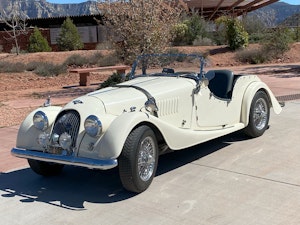
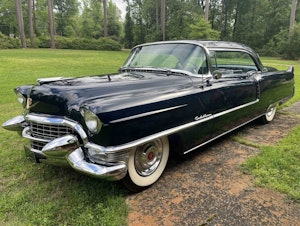

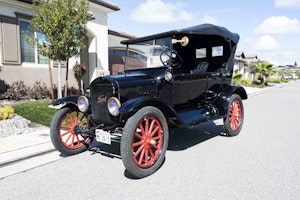
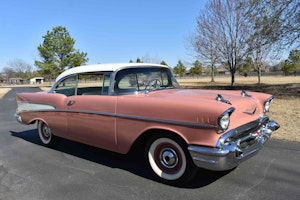

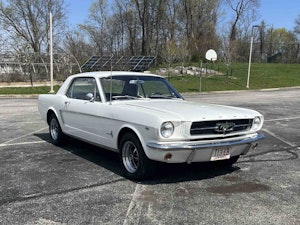
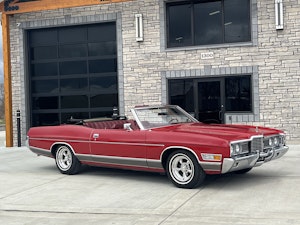






I saw this on the web. As a general idea it is correct but it also has some very many variables.
Compounding of the tread can play a roll as some can have 3 different compounds on the trad surface.
Another deal is the tread design tires are made to be self cleaning. Some pressures if too low can prevent self cleaning if it is under what the tire was designed for. Best to test what you have to see what works best for the tire you have.
Also Sipes are the small slits in the tread. They can effect grip on ice and other surfaces. What pressure is best for them.
There just is not one thing fits all here. We can be general but like how every car responds differently in handling due to tre pressure it can vary in traction too.
I watched most of the video and agree lowering tire pressure a little bit will help the tread “bite” into the snow. Going down to 10 psi would be a little extreme. Here in western Canada (Calgary) we don’t often get huge snowfalls and I live in the city so I don’t need an extreme winter tire. In my neighbourhood only the bus route is ploughed after a major snowfall. So while I normally run at 40 psi on all four tires of my FWD sedan, I’ll drop the tires to 35 psi by this time of the year. Fuel consumption will drop slightly but that’s also due to the cold temps and longer periods of idling. The priority is better grip. Lower pressure means a wider contact patch. At 35 psi driving dynamics are not really affected.
I’ve read that tire pressure changes by about 1 psi for every 10 degrees (F) temp change. So if you run your tires at 35 psi at 80 degrees, they will easily be 4-5 pounds lower during a snowy drive.